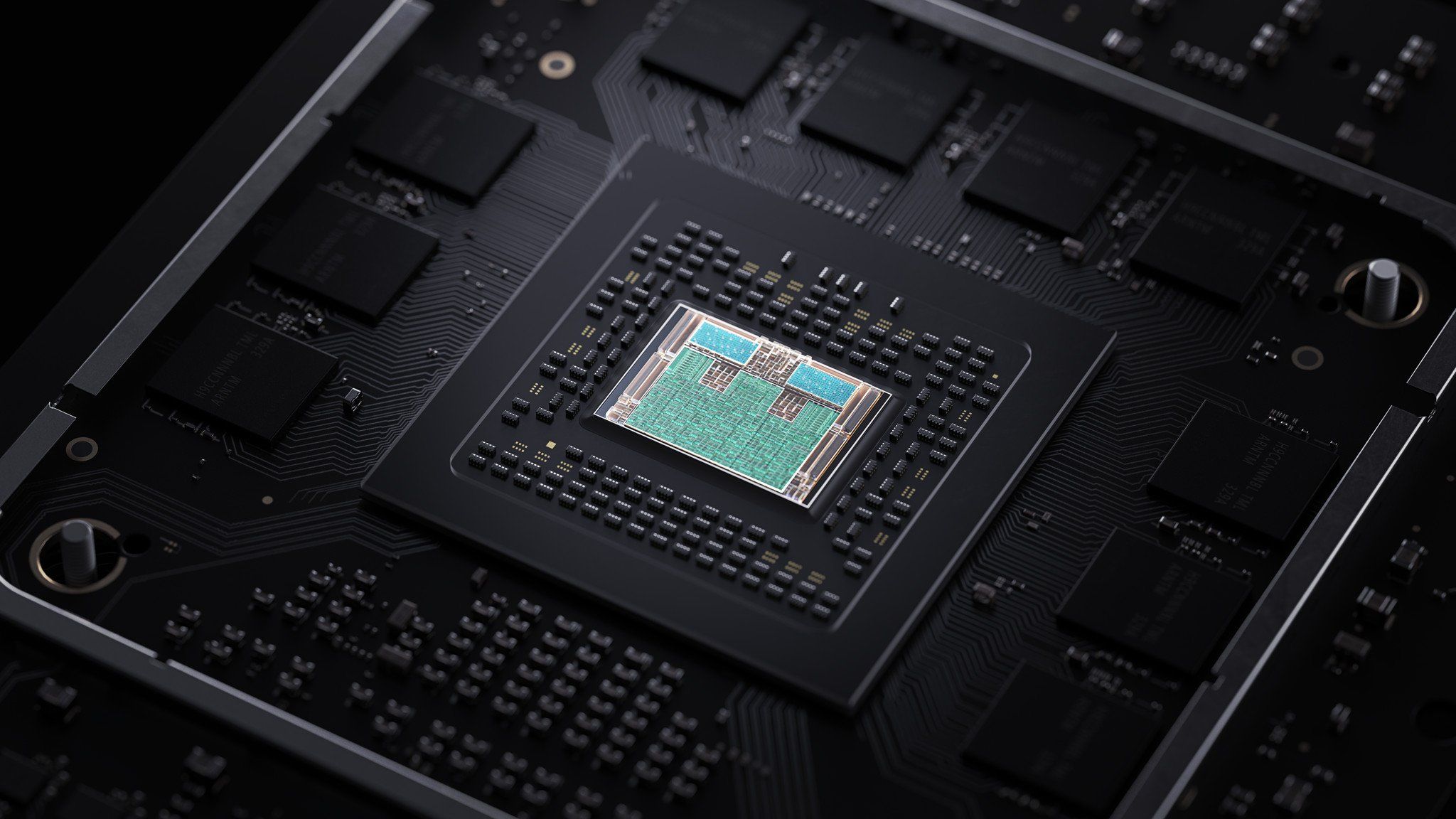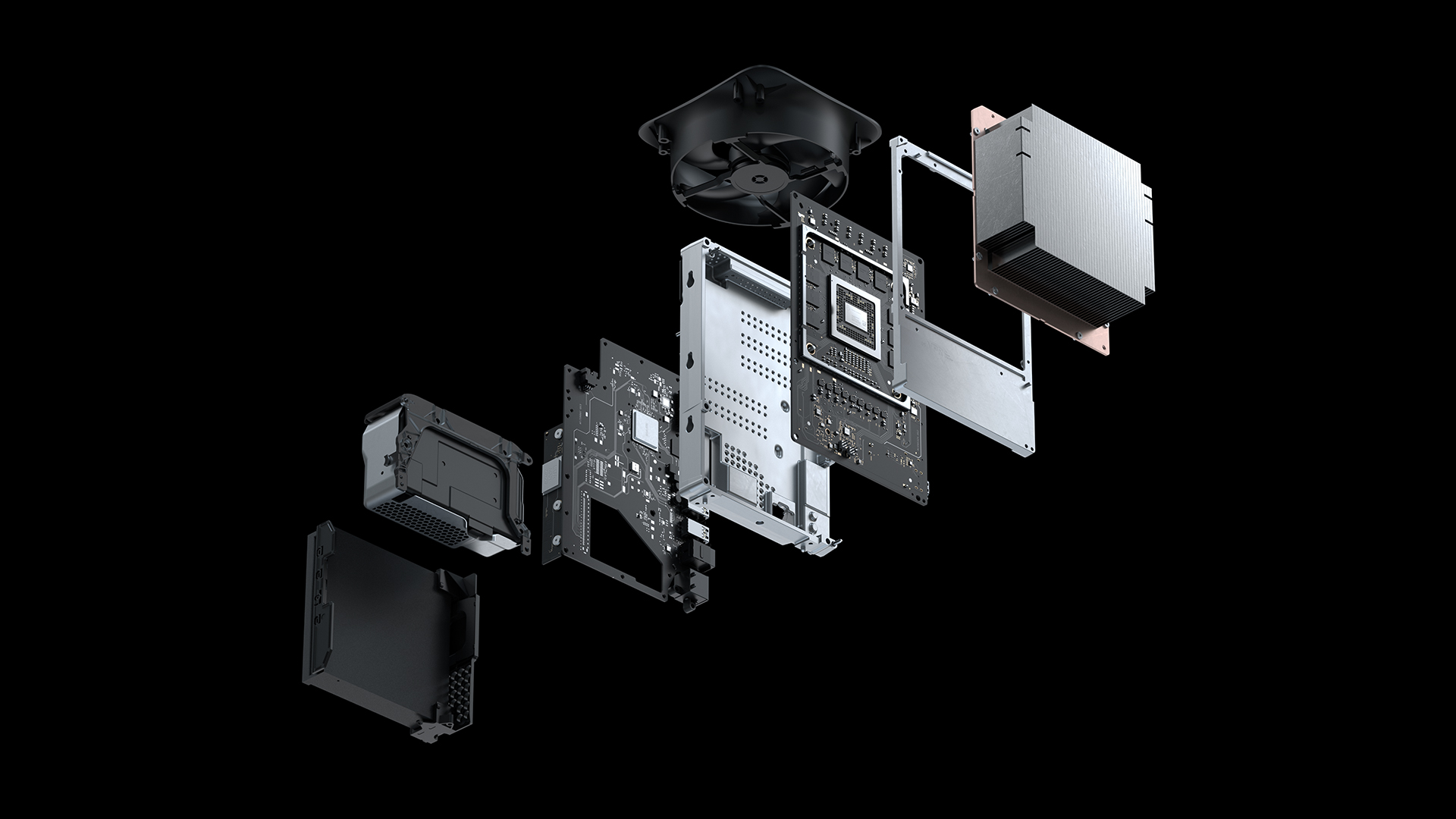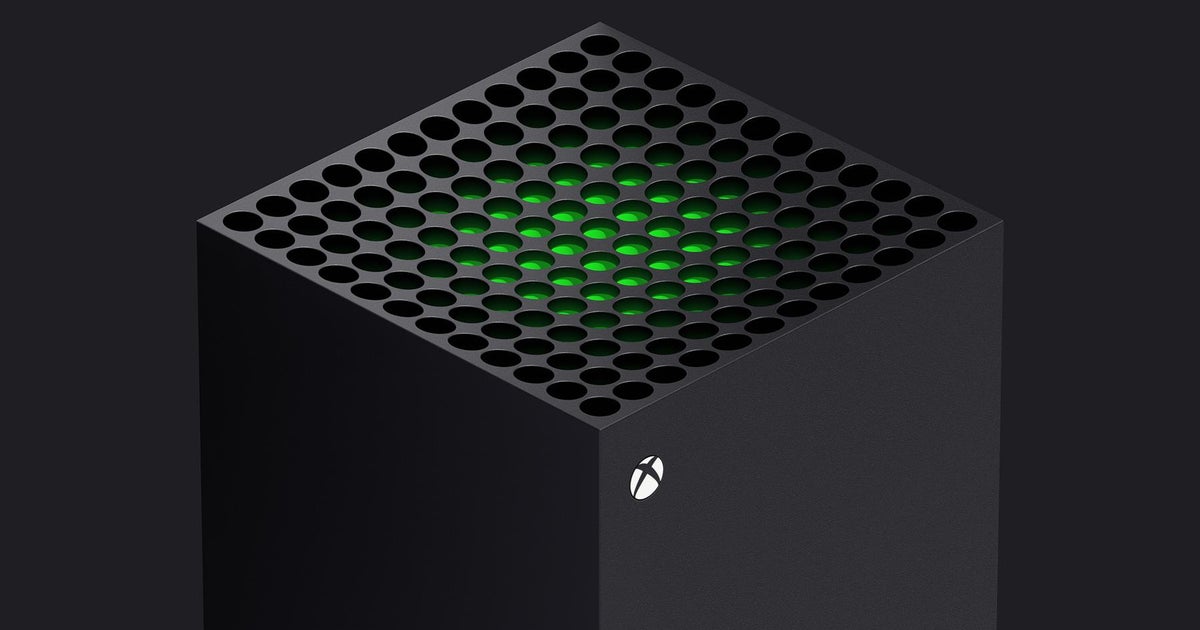funking giblet
Member
Kind of funny how quickly the thread died, after someone claimed that no one is looking into transferring data directly from storage to GPU, and we have a link of nVidia explaining that exact thing....
And even more of a coincidence, nVidia talks about GPUDirect Storage for this feature, and somehow, the API that is considered to be a gamechanger for the XSX (and for the future in Windows) is called DirectStorage. That is quite the coincidence.
Yes I'm aware the consoles use AMD and not nVidia. But most likely this will become a spec for DX12U, and RDNA2 is DX12U compliant, so they will have it too.
GPU VRAM you mean. Which is what consoles already do as they use unified RAM.
GPUDirect allows the GPU to skip loading into normal system RAM first, which is a PC concern, for things machine learning, which use massive datasets to train on using matrix math and does so over networks too.
The game changer here isn't that you are loading into VRAM, it's that you are going through specialized hardware to do so, with low latency (The above is great for parallel processing in giant datacenters, not low latency environemnetrs), that benefits GAMES.
Last edited:







